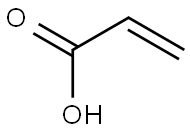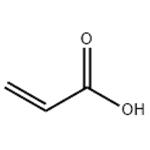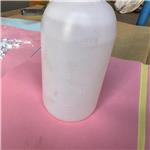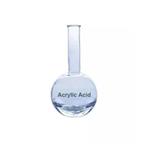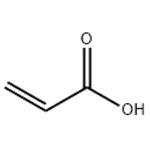Acrylic acid is an unsaturated monocarboxylic acid. It has been traditionally used as the raw material for acrylic esters – methyl acrylate, ethyl acrylate, butyl acrylate and 2-ethylhexyl acrylate. As an acrylic acid which readily reacts with a wide variety of organic and inorganic compounds, acrylic acid is considered as a very useful feedstock to manufacture many low molecular compounds, such as propionic acid, unsaturated fatty acids, heterocyclic compounds, and Diels-Alder addition products. Acrylic acid reacts both as a vinyl compound and as a carboxylic acid, which means it readily undergoes polymerization and addition reactions for polymer manufacturing. It is used as a co-monomer with a acrylamide for polymer used as flocculants, with ethylene for ion exchange resin polymers, with methyl ester for polymers. The application field of acrylic acid based polymers includes: plastics paper manufacture and coating
exterior house paints for wood and masonry
coatings for compressed board and related building materials
flocculation of mineral ore fines and waste water, and treatment of sewage
- printing inks
- interior wall paints
- floor polishes
- floor and wall coverings
- industrial primers
- textile sizing, treatment and finishing
- leather impregnation and finishing
- masonry sealers
- lubricating and fuel oil additives
- lacquers for automotive, appliance and furniture finishes
- pharmaceutical binders
- hot metal coatings
